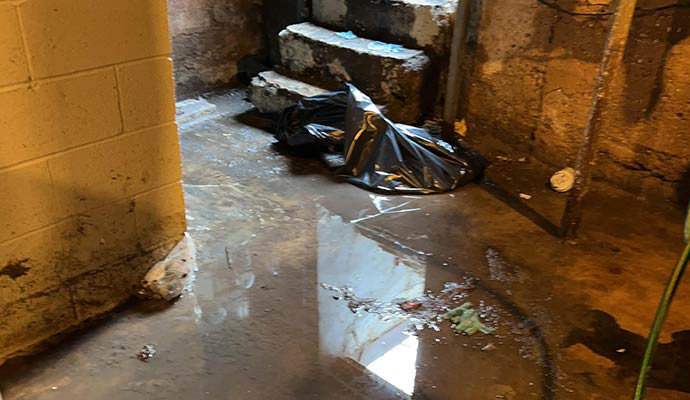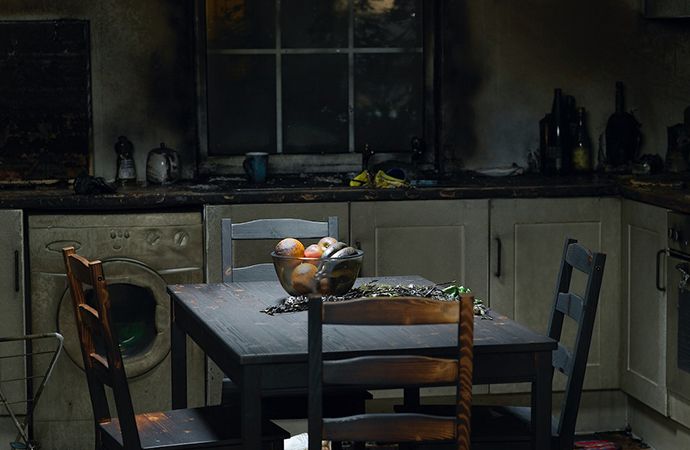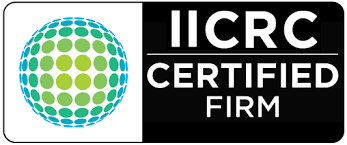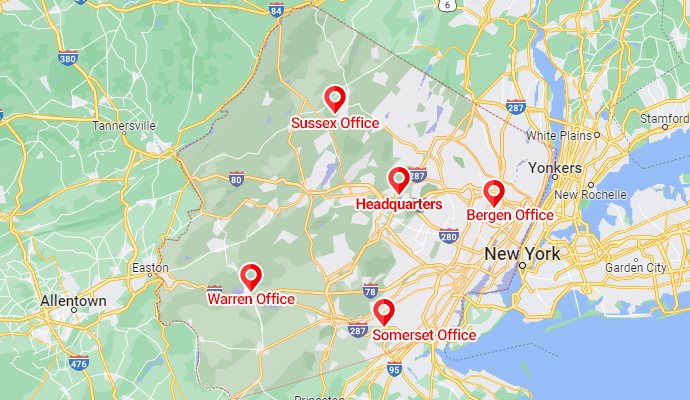How To Detect & Assess Water Damage in Your Home
Water-related incidents can occur at your home without you being aware of them. This could be a burst water pipe, flooding, or a roof that leaks. Water damage can destroy your contents, wood floors, and other properties. That’s why you need to detect the water damage, and then you can assess the damage with the assistance of an expert restoration company.
You know that water damage can be a complex process and is time-sensitive. To mitigate damage and restore property, you need the assistance of a water damage restoration company that has experience in handling these situations. They have the knowledge, resources, and equipment.
Water Damage Detection
If you discover any signs of water damage, it's important to address the issue ASAP. Depending on the severity of the damage, you may need to call for professional assistance. Detecting water damage in your home is essential to repairing it and preventing further damage. Here are some steps you can take to detect water damage:
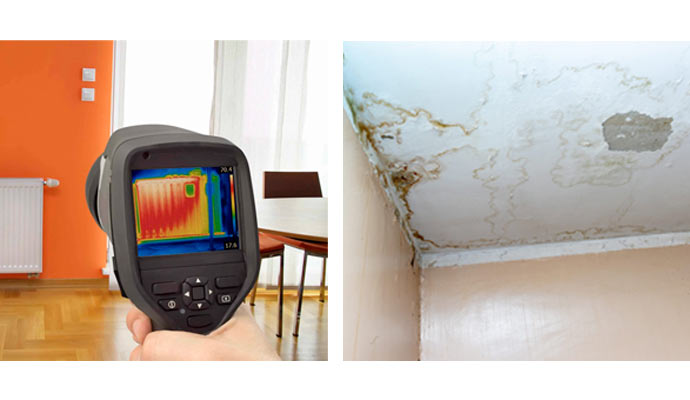
- Look for visible signs: You need a proper inspection of your walls, ceilings, and floors for water stains, discoloration, peeling paint or wallpaper, or bubbling textures. These signs often indicate water intrusion.
- Check for mold or mildew: Mold and mildew thrive in damp environments. If there is any mold growth, a musty odor, or any signs of mildew on surfaces, this is often an indication of water damage.
- Monitor unusual odors: Persistent musty or damp smells in specific areas of your home can be a sign of hidden water damage. It's important to investigate the source.
- Inspect your plumbing fixtures: Check for leaks or drips around sinks, toilets, showers, and bathtubs. Look for water stains or wet spots under cabinets or around plumbing connections.
- Examine windows and doors: Inspect the area around windows and doors for water stains, peeling paint, or warped wood. Improperly sealed windows and doors can allow water to enter your home.
- Assess your roof: Inspect your roof for missing, damaged, or cracked shingles. Look for signs of water intrusion, such as water stains on ceilings or walls directly beneath the roof.
- Analyze your basement and crawl spaces: These areas are susceptible to water damage. Look for signs of water stains, dampness, or pooling water. Check the base of the walls for cracks or signs of moisture.
- Consider hidden areas: Use a moisture meter or thermal imaging camera to detect hidden water damage behind walls, under flooring, or above ceilings. These tools can identify moisture levels and potential problem areas.
Assessment for Water Damage
Assessing the water damage in your home is an important step to take when dealing with water damage. While it's always recommended to consult with a professional water damage restoration service for an accurate assessment, here are some steps that show the assessment process:
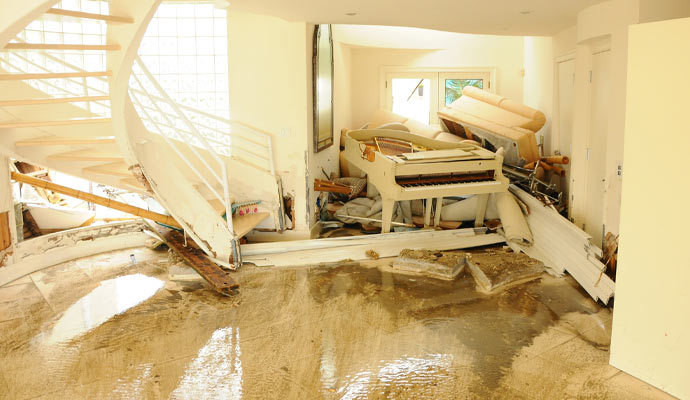
- Initial Inspection: A professional water damage restoration technician will conduct an initial visual inspection of the affected areas to determine the extent of the damage. They will look for visible signs of water accumulation, such as standing water, wet surfaces, and discoloration.
- Moisture Detection: Moisture can often penetrate building materials, such as walls, ceilings, and floors, without being immediately visible. Professionals may use specialized equipment like moisture meters, thermal imaging cameras, and hygrometers to detect hidden moisture and assess the moisture levels in the affected materials.
- Categorize Water Damage: Water damage is categorized into three types based on the level of contamination:
- Clean water from a sanitary source, such as a broken water supply pipe.
- Water with some level of contamination, such as water from a dishwasher or washing machine.
- Highly contaminated water, often referred to as "black water." This includes sewage backups or floodwater.
- Damage Assessment: Once the extent of the water damage is determined, professionals will assess the affected materials and structures. They will look for structural damage, weakened areas, mold growth, and any other secondary damages caused by prolonged exposure to moisture.
- Documentation: Professionals will document the water damage by taking photographs, making notes, and creating a detailed inventory of the affected areas and items. This documentation is essential for insurance claims and restoration planning.
Contact a Water Damage Restoration Expert Today!
Don’t worry at all if you face water damage and need immediate assistance to restore the damage to your property. Count on PDQ Fire & Water Damage Restoration for a 100% satisfaction guarantee. Our company is locally owned and operated and deals directly with your insurance. So call us at 973-447-3363 or contact us online to make an appointment with us.

